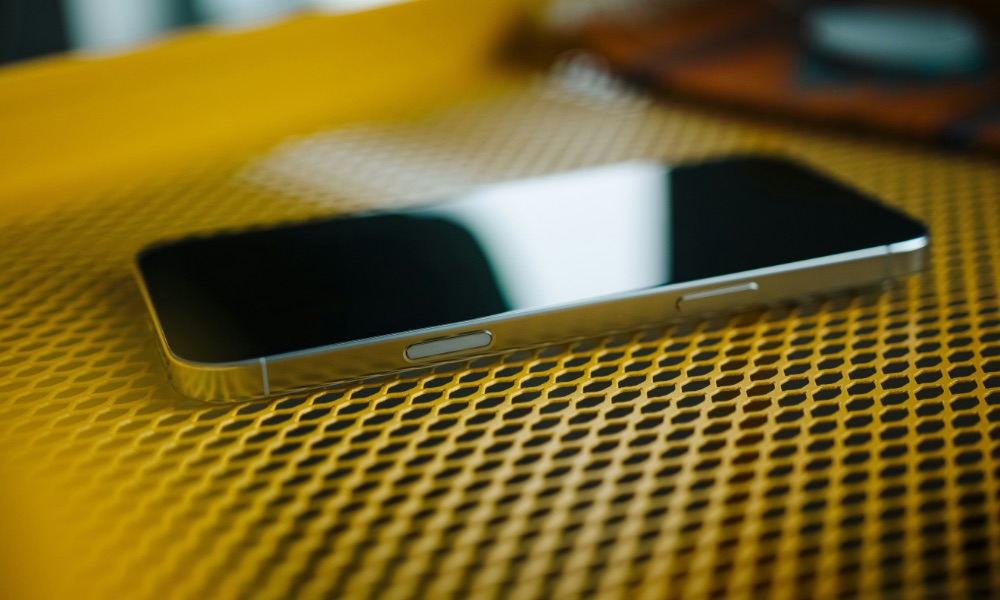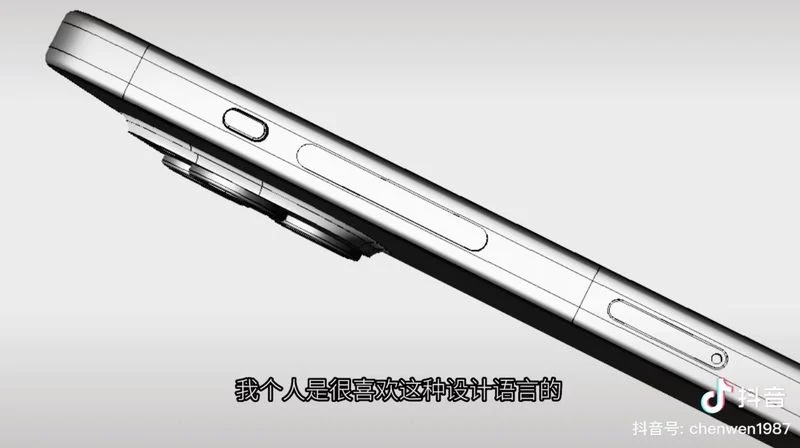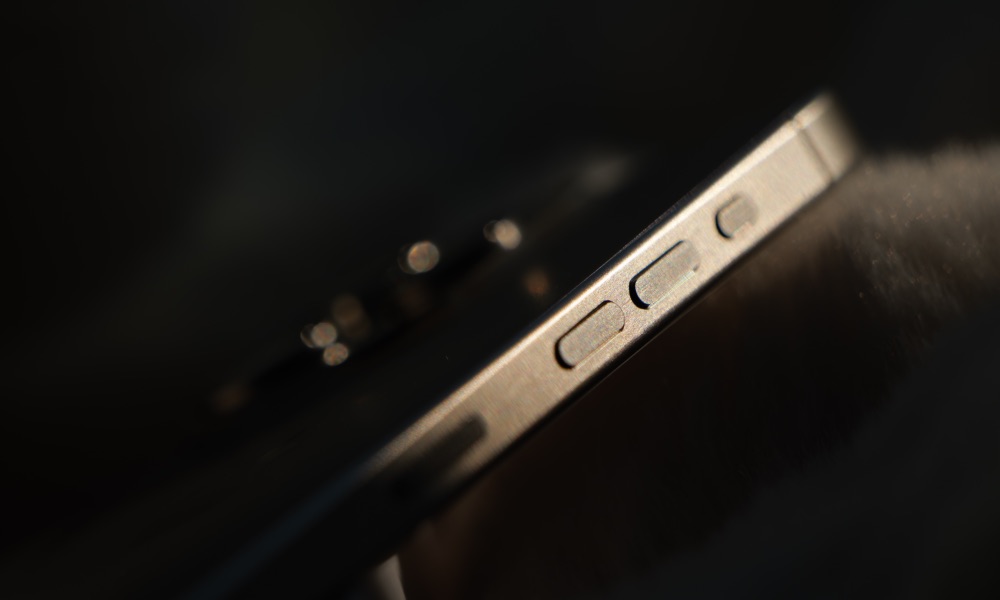Solid-State Buttons Are Still on Apple’s iPhone Roadmap
 Credit: Semeon Hrozian
Credit: Semeon Hrozian
Toggle Dark Mode
Two years ago, the rumor mill was abuzz with reports that the iPhone 15 would eliminate the physical buttons in favor of capacitative controls. While those never materialized, it seems that Apple hasn’t given up on the idea entirely.
The initial report of solid-state buttons came from analyst Ming-Chi Kuo in October 2022, who shared on X that the 2023 iPhone models would have a capacitative button with haptic feedback, similar to how the home button worked on later traditional iPhone models.
In 2016, Apple switched out the mechanical home button from the iPhone 6s and prior models, replacing it with a solid-state button that used a “Taptic Engine” to simulate a button press. The result was uncanny, providing the same sensation of clicking a mechanical button — to the point where many folks didn’t realize anything had changed.
According to Kuo and a few other sources, Apple hoped to repeat this with the sleep/wake and volume buttons on the iPhone 15, placing Taptic Engines on the left and right sides to simulate the same kind of physical button feedback. Kuo’s information came from a tripling of Taptic Engine component orders within Apple’s supply chain.
By early 2023, reports suggested that Apple’s plans were even more ambitious, suggesting the buttons on iPhone 15 Pro and iPhone 15 Pro Max would feature customizable sensitivity to help them work properly with gloves and cases. They’d also reportedly feature a low-energy chip to ensure they’d respond to touch even when the iPhone’s battery is completely dead.

Alas, the solid-state buttons weren’t designed to come to any of the iPhone 15 models. A report from Kuo in mid-April of that year revealed that Apple had run into “unresolved technical issues before mass production” that wouldn’t likely be resolved in time.
Per Apple’s regular production schedule, an iPhone’s hardware design is typically locked down 4–5 months before it’s released. In April 2023, the iPhone 15 models were already in the Engineering Validation Testing (EVT) phase — the last stage at which any significant design changes can be made — and would soon move to the Design Validation Testing (DVT) phase, which is about letting Apple’s manufacturing partners prepare their assembly lines for the production of the millions of iPhones that will need to be produced for a September launch.
By May, when the iPhone 15 would have been on the cusp of the DVT stage, other sources had confirmed that the solid-state buttons were not to be. While there were suggestions these would be pushed off to the iPhone 16 — and an April 2024 report to back that up — the only capacitative button on those models was the new Camera Control. Even the Action button on the iPhone 15 Pro and all iPhone 16 models remains a clickable mechanical button.
The report from last April seemed more likely to point to this year’s iPhone 17 models. Supply chain sources had reported that Apple was ordering a significant number of Taptic Engines and other components related to solid-state buttons. Still, it seemed unlikely the company would be placing orders for parts for the iPhone 16 when it was already in the EVT/DVT phases.
However, besides that one report, we’ve heard no other rumors about solid-state buttons coming to this year’s iPhone models. Kuo and others would typically be piping up by now if this was going to happen for the iPhone 17, but Apple’s supply chain agreements strongly suggest the company is still up to something.
A new Weibo post from Setsuna Digital (aka Instant Digital), says that Apple’s work on solid-state buttons is still ongoing, adding that the challenges Apple has faced aren’t related to production costs or component problems but rather the fine-tuning of the sensors. According to the automated translation, Apple has encountered problems with “false touches” and “responsiveness” that it’s not been able to solve — at least not in a manner that ensures a consistent experience across the millions of iPhones that would include the new buttons.
Setsuna Digital says that the project, codenamed “Bongo,” has been shelved for the time being as Apple has bigger fish to fry. Apple still wants to get there someday, but the existing mechanical button design works well enough that switching to solid-state buttons isn’t a priority.
[The information provided in this article has NOT been confirmed by Apple and may be speculation. Provided details may not be factual. Take all rumors, tech or otherwise, with a grain of salt.]








